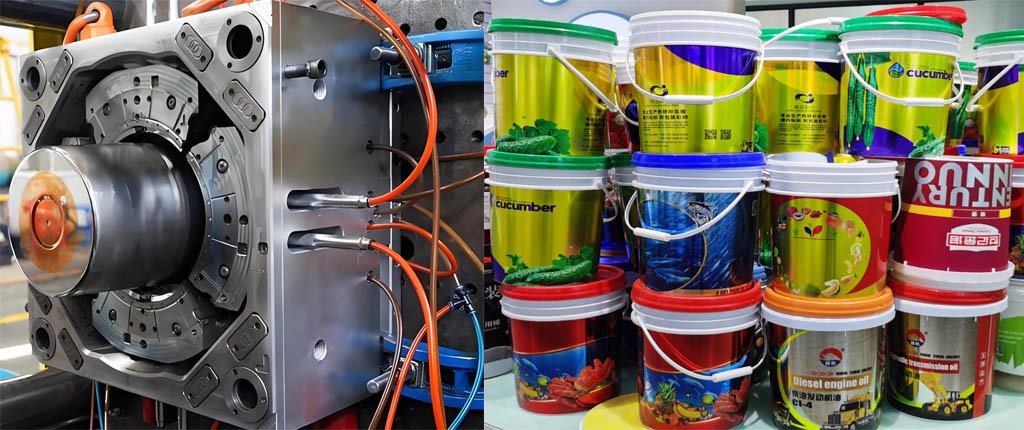Insert Injection Molds for Battery Boxes in Mexico.In today’s rapidly developing industrial manufacturing field, insert injection mold technology has become an important means of producing complex components. This article will explore the application of insert injection molds in the manufacture of battery box parts shipped to Mexico, analyze its design, manufacturing process, and how to meet specific industrial needs
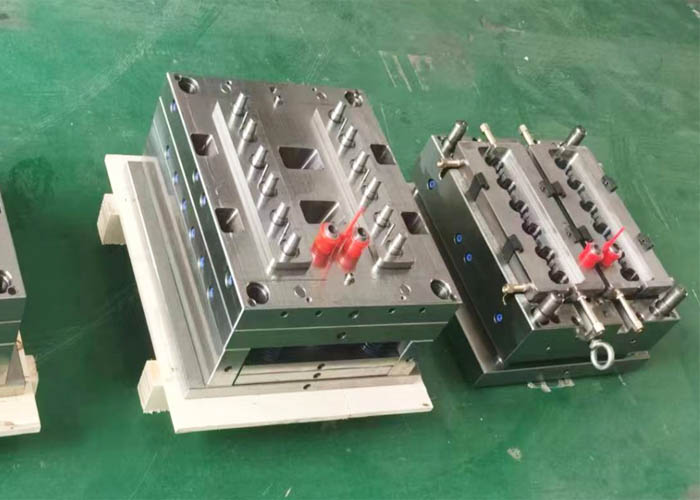

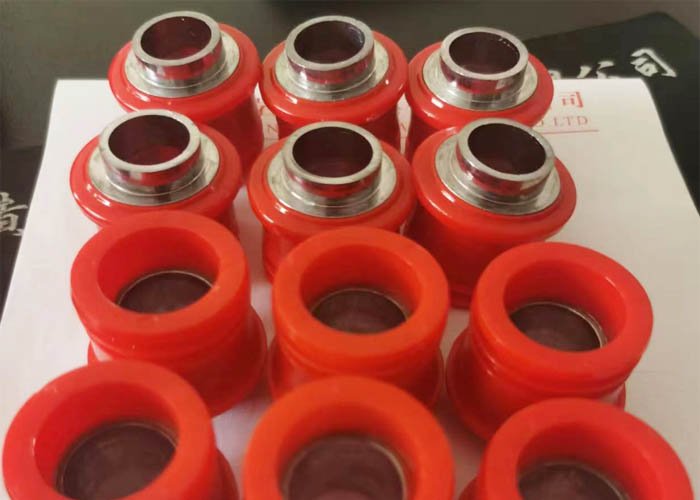

Table of Contents
ToggleInsert Injection Mold Technology Overview
Insert injection molding is an advanced manufacturing technology that combines the high strength of metal inserts with the easy processing of plastics to produce lightweight, durable and high-performance parts. This technology is particularly suitable for products that need to combine the characteristics of metal and plastic, such as battery boxes.
Insert molding is a molding method in which a mold is filled with a pre-prepared insert of a different material, and then resin is injected, and the molten material and the insert are bonded to form an integrated product.
Special requirements for battery box components
As a key component for storing and protecting batteries, battery boxes have strict requirements on molds and molding processes. They need to have good electrical insulation, high temperature resistance, chemical corrosion resistance, and sufficient mechanical strength.
Design Phase
The first step in designing an insert injection mold is to analyze the geometry, dimensional accuracy, and functional requirements of the battery box component in detail. The design team needs to consider the placement of the insert, the flow path of the plastic, the design of the cooling system, and the venting and ejection mechanism of the mold.
Material Selection
For battery box components, it is critical to select the right plastic and metal insert materials. Typically, polycarbonate (PC) or polyester (PBT) is selected for its excellent electrical insulation and high temperature resistance. Metal inserts are usually made of stainless steel or aluminum alloy to provide additional strength and durability.
Mold Manufacturing
Mold manufacturing is a precise and complex process involving steps such as CNC machining, EDM machining, and hand polishing. The accuracy of the mold directly affects the quality of the final product, so every step must be strictly controlled.
Insert placement and injection molding process
Insert placement is a key step in insert molding and can be done by automated robots or manually. In the production of battery box parts, the inserts must be placed precisely to ensure perfect bonding with the plastic. The injection molding machine then injects the molten plastic into the mold to form the desired shape around the insert.
Cooling and solidification
After the plastic is injected into the mold, it needs to go through a period of cooling and solidification. This stage is critical to ensure the dimensional stability and mechanical properties of the part.
Quality control
Each batch of battery box parts produced must undergo rigorous quality inspections, including dimensional measurements, visual inspections, and performance tests to ensure that they meet the standards of Mexican customers.
Packaging and logistics
Given the precision of the molds and parts, the packaging must be able to withstand shock and vibration during transportation. In addition, logistics arrangements must also ensure that the molds and parts can arrive at the production base in Mexico safely and on time.
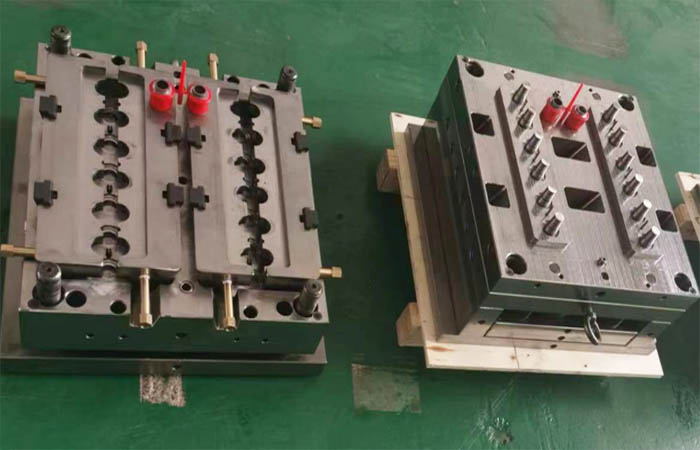

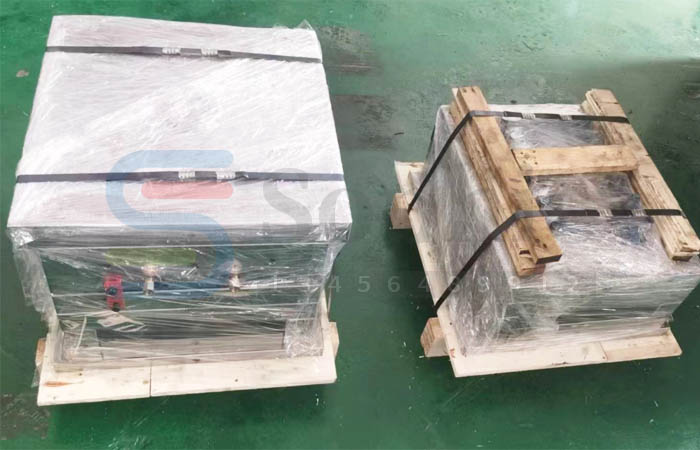

Notes on the design and selection of automatic insert molding systems
1. Metal insert molding is prone to uneven molding shrinkage, so the shape and dimensional accuracy of important parts should be tested in advance.
2. Metal inserts are prone to deformation and displacement during injection, so the mold structure and the design of the mold shape that is easy to maintain the metal insert should be fully considered. For products where the shape of the insert cannot be changed, prior testing is indispensable.
3. When the metal inserts are arranged separately and a conveyor is used, the contact between the metal inserts and the inserts and the vibrating balls will cause slight damage to the surface of the inserts, affecting the product quality. The quality tolerance limit range should be confirmed in advance.
4. The serration, warpage, material thickness difference, diameter difference, thickness difference caused by the metal insert due to stamping processing should be measured in advance. On this basis, the matching selection design of the automation device and the design of the mold structure are carried out.
5. Foreseeable matters that restrict the mold structure, such as the mold gate position method and the molding cycle, should be solved in advance or have corresponding improvement measures as much as possible.
6. It should be confirmed whether the metal insert needs to be preheated or dried. The purpose is to ensure product quality and molding stability.
7. The various detection devices installed in the mold are used to ensure the stability of molding action when the mold is affected by heat, force, vibration and other environmental conditions. It should be confirmed whether they are used.
Insert Injection Molds for Battery Component Excellence
Insert injection mold technology has shown its unique advantages in manufacturing battery box parts. It not only improves production efficiency, but also ensures high performance and high quality of products. With the continuous advancement and innovation of technology, insert injection molds will continue to play an important role in global industrial production.

